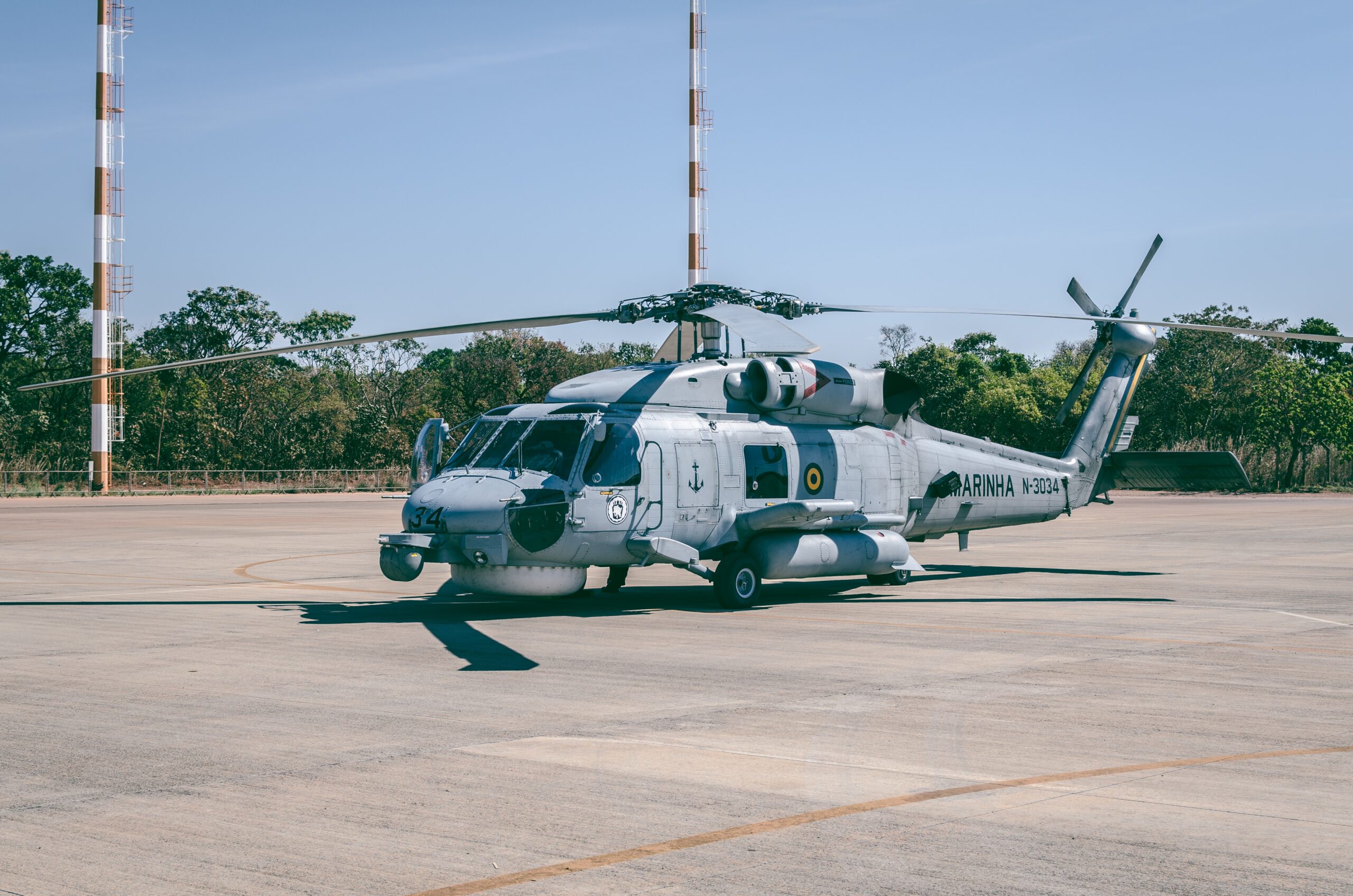Introduction
When choosing a helicopter, the number of engines can play a significant role in decision-making. There are two main types of helicopters: twin-engine and single-engine. Both types have pros and cons, and their choice ultimately depends on the intended use and operational requirements.
One of the most important factors to consider when choosing between a twin-engine or single-engine helicopter is safety, reliability, and efficiency in flight. This article will explore the differences between twin-engine and single-engine helicopters, focusing on safety, reliability, and efficiency.
Twin Engine Helicopters: Safety and Reliability in Flight
Twin-engine helicopters are considered to be safer and more reliable than single-engine helicopters. In the event of an engine failure, twin-engine helicopters can maintain flight on just one engine, providing backup in the case of an emergency. This provides peace of mind for pilots and passengers and ensures that missions can be completed safely and efficiently, even in adverse weather conditions.
Additionally, twin-engine helicopters are typically equipped with more advanced safety features such as redundant systems, autopilots, and navigation equipment. These features provide an added layer of safety and security, ensuring that flights are completed with the highest level of safety and reliability.
Twin Engine Helicopters: Efficiency in Flight
Twin-engine helicopters are also more efficient in flight than single-engine helicopters. With two engines, twin-engine helicopters can generate more power, allowing for a faster and more efficient flight. This can be especially important for missions that require speed and agility, such as search and rescue, medical transport, and military operations.
Furthermore, twin-engine helicopters are often equipped with larger fuel tanks, providing a greater range and endurance in flight. This can be critical for missions that require extended flight times, as it allows for more time in the air to complete the mission.
Single Engine Helicopters: Limitations in Safety, Reliability, and Efficiency
Single-engine helicopters, while still safe and reliable, are limited in their safety and reliability compared to twin-engine helicopters. In an engine failure, single-engine helicopters cannot maintain flight and are forced to make an emergency landing. This can be a significant concern for pilots and passengers, especially in remote or adverse weather conditions.
Single-engine helicopters are also limited in their flight efficiency, as they can only generate a limited amount of power. This can result in slower flight times and reduced range and endurance in flight.
Conclusion
When choosing a helicopter, the decision between a twin-engine or single-engine model ultimately depends on the intended use and operational requirements. While single-engine helicopters are still safe and reliable, twin-engine helicopters offer higher flight safety, reliability, and efficiency. Whether flying for personal or commercial purposes, a twin-engine helicopter provides peace of mind and the assurance that your mission will be completed safely and efficiently.









































